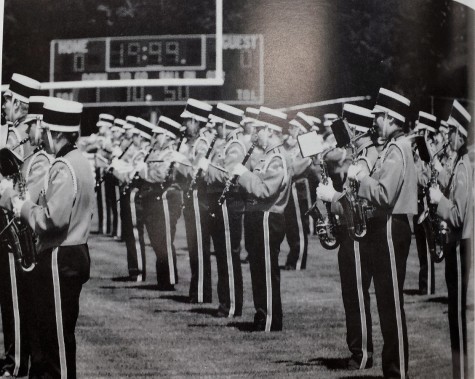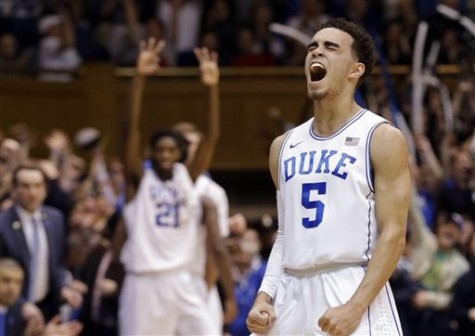America’s Favorite Pastime: Politics
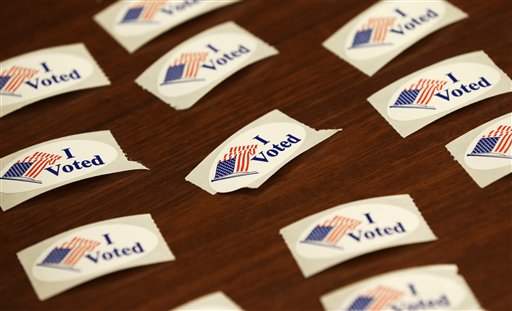
I Voted stickers sit on a table during early voting for the Nov. 6th election, Wednesday, Oct. 24, 2012, at the Davenport Public Library in Davenport, Iowa. Early voting for the Nov. 6th election likely will set an Iowa record, as presidential candidates seek to lock-in votes in the battleground state. (AP Photo/Charlie Neibergall)
There’s a magical place in the United States where grown adults go to act like children. You guessed it: Capitol Hill, where the 114th Congress resides. From the scandals in 1976 to the obscene comments made by certain candidates today, U.S politicians never seem to fail us.
Debates
The 1976 election was a game changer as far as coverage for the American political landscape. It had the second series of televised presidential debates, which paved the way for many more.
It wasn’t until 1976 that debates started to become a regular part of daily life. Jimmy Carter and Gerald Ford were the second candidates to have three televised debates (which is the norm now) leading up to the election.
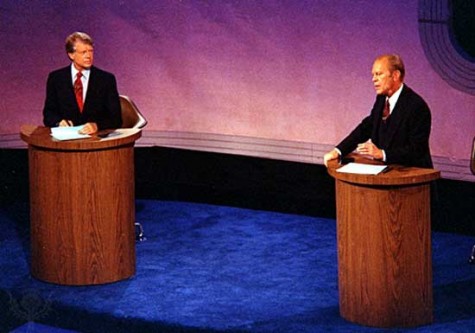
Gerald Jimmy Carter (left) and U.S. President Gerald Ford meeting in the first of three televised debates during the 1976 presidential campaign.
The debates between these two–in comparison to the debates that occur nowadays–appear to be a polite dinner table talk: very civil with each candidate waiting to speak his turn; there were no interruptions, and no insults thrown between the two. So different than what we’re used to seeing, right?
Just as campaigning is important to get votes, the debates at that time were as well. These debates, where the two candidates clashed about important policies on live national television, really helped the voters not only see the candidate’s view on things, but also how they reacted in situations where their opinions were being challenged. It gave the voters a view on how the candidate is off script.
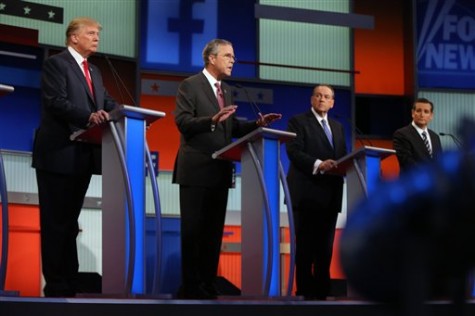
If there’s one thing that hasn’t changed between the 1976 and 2016 elections, it’s that voters still feel the same about debates: they are now still as crucial as they were back then.
Movements
A movement that gained momentum again in the 1960s, and lasted throughout the 70s, was feminism. Often referred to as the second wave of feminism, it focused on sexuality, reproductive rights, domestic violence, and marital rape issues.
Its major effort in this wave was to pass the Equal Rights Amendment to the Constitution, which was a proposal that called for guarantee of equal rights for women. The proposal was very controversial at the time, considering feminism calls for the equality of all sexes, but in the end the suit lost to anti-feminist lawyer Phyllis Schlafly, who argued that if passed, women would have to be drafted into the military. (This was a time where even though many women were entering the workforce, the stereotype of a housewife was still placed upon women).
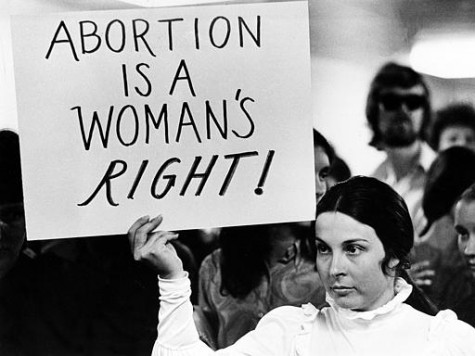
A breakthrough for the movement happened in 1976, when the first marital rape law was enacted in Nebraska, allowing the state government to be able to protect husbands and wives from sexual abuse.
A famous movement that is occurring currently is the Black Lives Matter movement, which calls for the validity of black lives. The movement started in 2012 when 17 year-old Trayvon Martin was fatally shot by police officer George Zimmerman.
The Black Lives Matter movement’s purpose is much larger than it’s perceived to be. It’s about working towards abolishing the systematic and targeted racism against black people.
A common misconception about this movement is that it propagates the idea that black lives are the only lives that matter, making it inclusive to only black lives. The movement does acknowledges that all lives matter, but it is focusing on black lives because it’s their lives that are being mistreated right now.
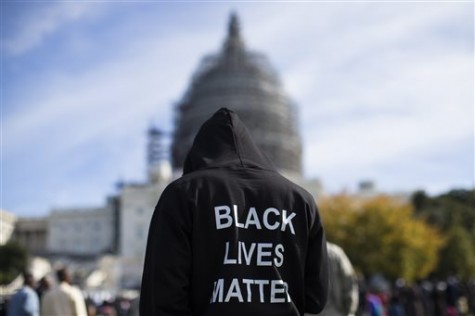
The need for the Black Lives Matter movement and the feminism movement cannot be condensed into paragraphs, and even if it could, it wouldn’t even scratch the surface of these deeply rooted problems that both movements face in our society. Both movements address social ills that are prevalent today, but the goal for both is to make it so that they are no longer problems.
Demographics
As in any presidential campaign, there was a certain demographic that the candidates were targeting during the 1976 election. The Democratic Party was targeting the female vote that year due to the second-wave of feminism that decade. And it worked for Jimmy Carter, as he won 43% of the female vote (and the election that year). Jimmy Carter had always been an advocate for women’s rights and especially made it known when he publicly supported the Equal Rights Amendment.

Button from Jimmy Carter’s 1976 presidential campaign.
Just like how the 1976 candidates were targeting women, the 2016 candidates are targeting various groups of people. About every candidate this election season is targeting the younger vote. A lot of candidates have become aware that young adults are the future of this country and that this year there is a larger percentage of young voters, so they’ve started to try and appeal to them. Senator Bernie Sanders is currently winning at this, having 40% of the 18-29 age group’s vote. This popularity with that demographic could either come from his promise of a free post-secondary education or how far left he is.
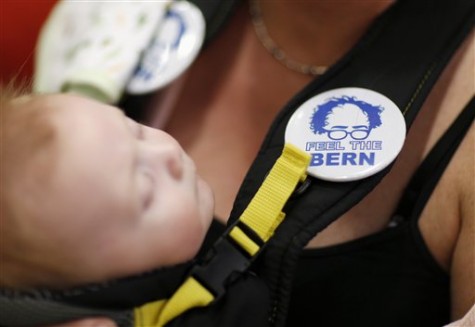
Another demographic that candidates are trying to appeal to this election season is the Hispanic vote. The Hispanic electorate will reach a record high in 2016 with more than 27 million people eligible to vote, according to Pew Research Center. Due to remarks said by Republican presidential candidate Donald Trump, many people in the Hispanic community are making their voices heard this election season.
Whether you’re #FeelingTheBern or a part of #CruzCrew, the election time in America has changed a lot in 40 years. Not necessarily for the better and not for the worse either, but the changes we’ve seen since the 1970s has brought us a long way.



